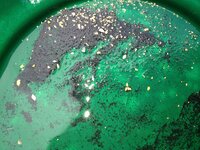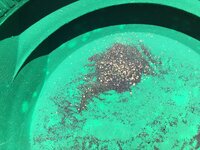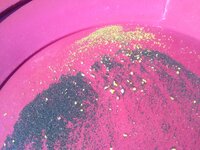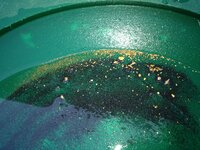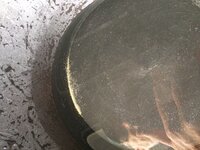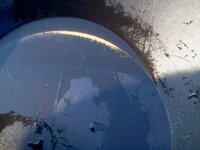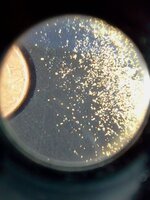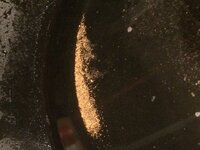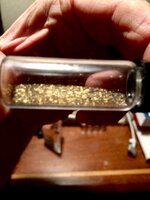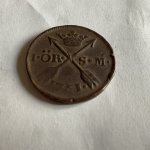bluveinthrobber
Jr. Member
- May 24, 2017
- 59
- 17
- Detector(s) used
- Delta 4000
- Primary Interest:
- All Treasure Hunting
Ive googled and sesrched this site and still cant find exactly what im looking for but who knows maybe im not looking for the right info. Here it goes. When i have been panning some sand i have been getting it classified down to 1/16 of an inch as i am on the hunt for fine gold. When i am panning it off and it gets down to the last bit i am having trouble refining the last bit down to just black sand and cant pan any further without losing some of the possible good stuff, so then i am unable to tell if there is any color in my pan at all. What are some things i may be over looking? I have youtubed, googled, and even searched here without finding much on this topic
Amazon Forum Fav 👍
Upvote
0



